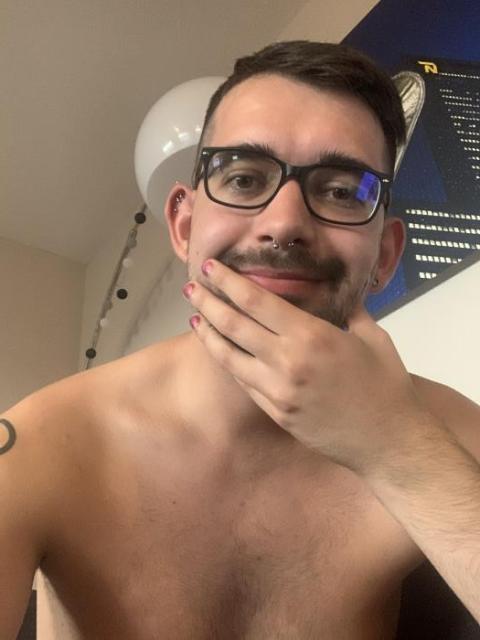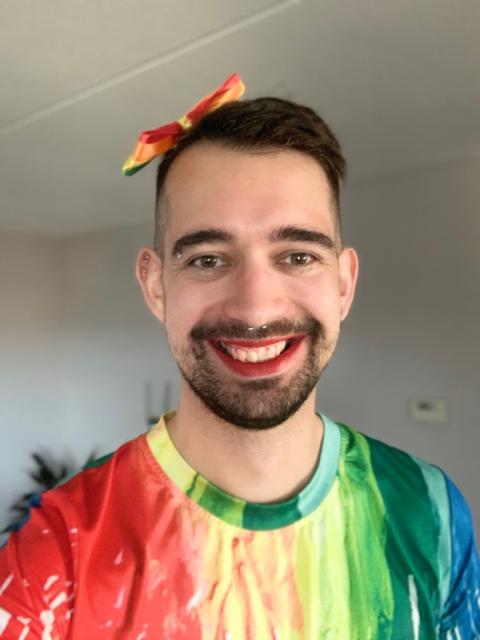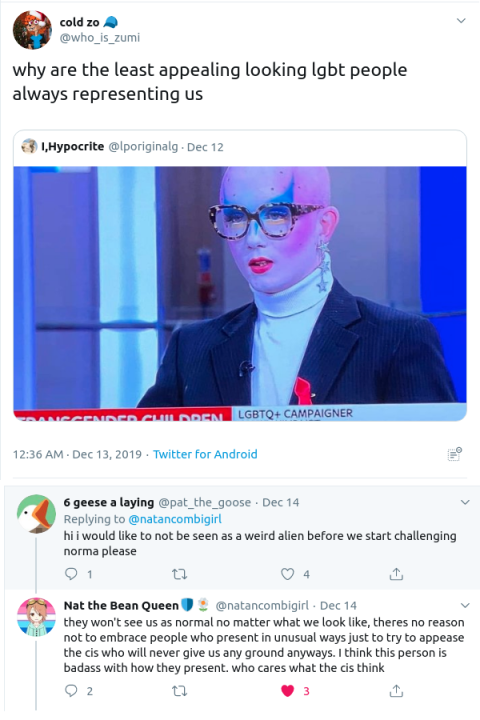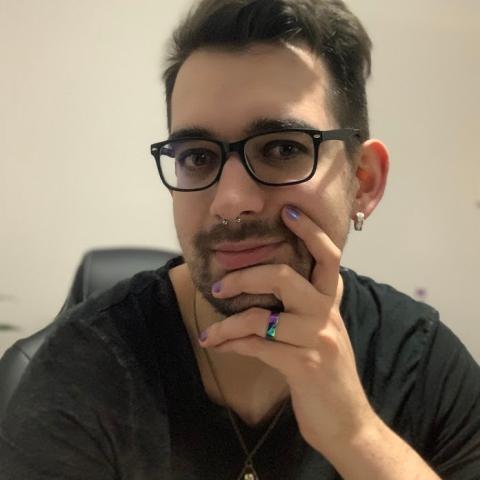Polska gramatyka jest skomplikowana i silnie zgenderyzowana. Nie oznacza to jednak, że niemożliwe jest używanie innych form niż „on” i „ona”.
To narzędzie udostępnia linki do przykładów użycia (w prostych zdaniach oraz w literaturze, prasie, filmach i serialach) zaimków i innych form płciowych – nie tylko normatywnych „on” i „ona”, lecz także form niebinarnych.
Dlaczego należy je respektować? Bo zwracanie się do kogoś tak, jak sobie życzy, jest podstawą relacji społecznych. Nie powiesz do Ani “Franku”, nie powiesz “na ty” do osoby, z którą jesteś “na pan”, itp. A są osoby, które nie chcą, by im mówić “on” ani “ona”. Czy to uszanujesz, świadczy wyłącznie o Tobie.
Warto wrzucić link do swoich zaimków na swoje profile na portalach społecznościowych – nawet jeśli jesteś cis i używasz „on” lub „ona” – ponieważ dzięki temu pokazujesz wsparcie dla społeczności trans i normalizujesz podawanie zaimków przez osoby, których zaimki nie są oczywiste (więcej powodów tutaj).
 Avris
Avris
 Avris
Avris









